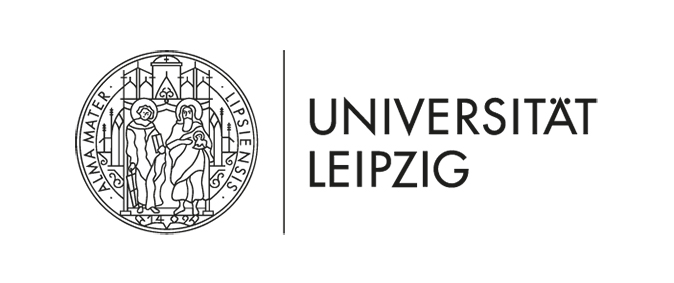|
14th Annual Symposium Physics of Cancer Leipzig, Germany Oct. 4 - 6, 2023 |
PoC - Physics of Cancer - Annual Symposium | ||||||||||||||||||||||||||||||||||||||||||||||||||||||||||||
|
|
Contributed Talk
Electrodynamic Forces Driving DNA-Protein Interactions at Large Distance
Contact: | Website
How does a protein effectively recruit the appropriate co-effector partner(s) or selectively connect with its DNA/RNA target(s) in a crowded cyto- or nucleo-plasmic environment? A longstanding hypothesis, put forward in the 1960s by Herbert Fröhlich, surmised that certain biochemical reactions could be accelerated by selective electrodynamic forces acting over long distances. The first experimental evidence of the activation of these forces in an aqueous solution of proteins has been provided only recently (M. Lechelon et al, Sci Adv 8, eabl5855 (2022)), upon inducing in the system an out-of-equilibrium phonon condensation.
Here we aim at investigating whether such electrodynamic interactions can be put to work also under different conditions of activation, but retaining the resonance as a crucial condition for selective recruitment of the cognate partners. Toward this aim, we combine and adapt the Resonant Recognition Model, with Davydov and Holstein-Fröhlich models describing electron motion along biomolecules coupled with phonons. Then, using a model Hamiltonian written in second quantization (SQ-RRM), the time dependent variational principle (TDVP) is used to derive the dynamical equations of the system. We demonstrate the efficacy of SQ-RRM for a well-known biochemical system consisting of a restriction enzyme, EcoRI, which selectively binds to and cleaves a palindromic six-base-pair target within a DNA oligonucleotide sequence. The time-domain Fourier spectra of the electron currents numerically computed for the DNA fragment and for the EcoRI enzyme, respectively, exhibit a cross-correlation spectrum with a sharp co-resonance peak. When the target DNA recognition sequence is randomized, this sharp co-resonance peak is replaced with a broad and noisy spectrum. Such a sequence dependent charge transfer phenomenology is suggestive of a potentially rich variety of selective electrodynamic interactions influencing the coordinated activity of DNA substrates, enzymes, transcription factors, ligands, and other proteins under realistic biochemical conditions characterized by electron-phonon excitations. This work might be also propaedeutic step to understand how external electromagnetic fields at specific frequencies could potentially target and disrupt the resonant interactions that contribute to cancer cell growth.
|









